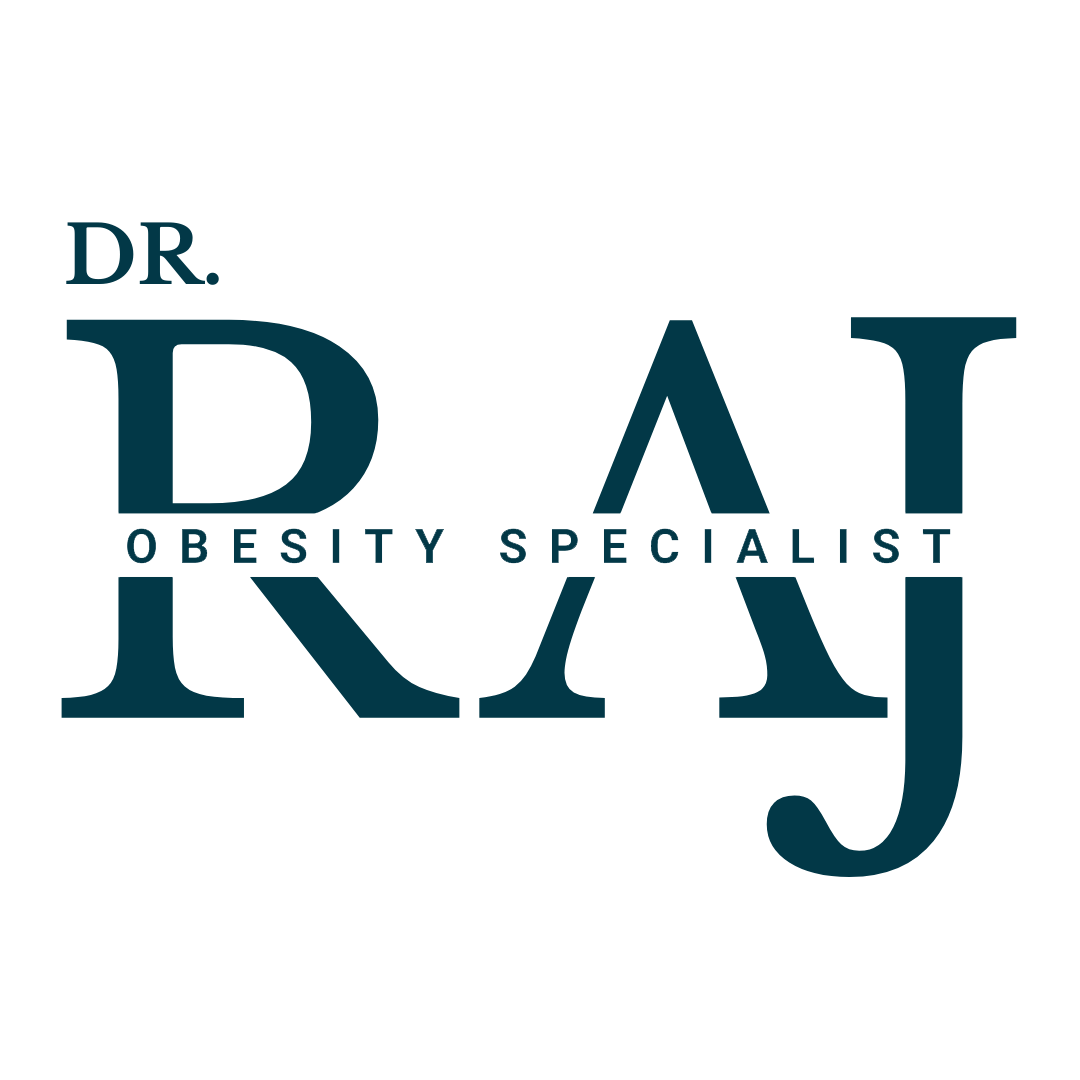A number of people find that, even though they are treated correctly with thyroxine for under active thyroid (hypothyroidism), continue to gain weight leading to obesity. I get a number of referrals from general practitioners to help patients who find that they are struggling to lose weight despite being on the correct dose of thyroxine. They also have a normal thyroid function test.
People with under active thyroid on thyroxine, who are told that their thyroid is fine, do not know what next to do. They join slimming clubs or go on a calorie restricted diet. They find that all these interventions do not help. Despite taking thyroxine regularly they have some symptoms of under active thyroid like tiredness, dry skin, constipation and intolerance to cold.
Why is thyroxine not effective?
People like to increase the dose of thyroxine, presuming that it will improve or accelerate metabolism. Mary H Samuels and co-authors, revealed in an article that altering the dose of thyroxine in patients with under active thyroid to get their thyroid function near the reference range did not have major effects on energy expenditure or body composition. Authors do not support adjusting dose of thyroxine to achieve potential improvements in weight or body composition.
A recent article in the Journal of Endocrinology and metabolism revealed that this group of people may in fact be having slow metabolism. Muraca and co-authors explain why even after appropriate levothyroxine replacement may not correct the full set of metabolic defects afflicting individuals with hypothyroidism. They showed that women with obesity and primary hypothyroidism on thyroxine have a lower resting energy expenditure, a measurement of metabolism, when compared with women who do not have under active thyroid.
Is thyroxine synthesis or absorption a problem?
Thyroxine is the main hormone secreted into the blood by the thyroid. Thyroxine, which is inactive is converted to an active form called triiodothyronine liver, kidneys and other organs in the body. By swallowing thyroxine tablets, appropriate amounts of thyroxine may not be available in the blood stream. Thereby there will be less of the active form. Every one does not absorb thyroxine the same way.
There are several steps in the synthesis and activation of the hormone thyroxine. Any problems in the liver or kidneys, can affect how much thyroxine is converted to the active triiodothyronine (T3).
Can every one with hypothyroidism be treated the same?
No, treatment of under active thyroid should be individualised. In the first instance it has to be established if the hypothyroidism is primary or secondary. Primary hypothyroidism is the commonest form of hypothyroidism and the problem is in the thyroid gland. When problem is in the pituitary gland, it is called secondary hypothyroidism. There after investigations are to be done to determine if there are problems with thyroxine resistance or malabsorption.
Hence every patient with under active thyroid (hypothyroidism) should not be managed in the same way. Treatment has to be individualised. Several preparations of thyroxine and T3 have to be tried to ensure, patients are appropriately treated. However this has to be done by an endocrinologist and regular monitoring should be done. Inappropriate dose or preparation of thyroxine or T3 can cause serious side effects.
Dr Chinnadorai Rajeswaran is a consultant Physician specialising in Endocrinology, Diabetes and Obesity. As a private endocrinologist he has private endocrine, diabetes and weight loss clinics in Harley Street, London, Chennai (India), Claremont Hospital, Sheffield, Nuffield Hospital, Leeds and Simplyweight, Bradford.
He has face to face consultations with people from Barnsley, Rotherham, Chesterfield, Doncaster, Wakefield, Huddersfield, Bradford, Harrogate, Leeds, Sheffield, London and Chennai (India). He also offers video consultations.




